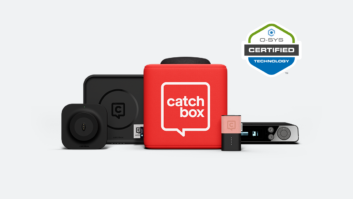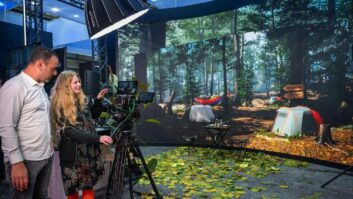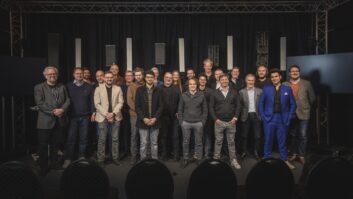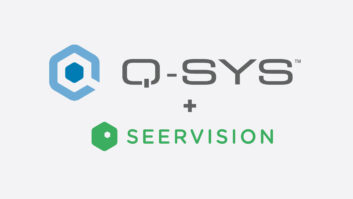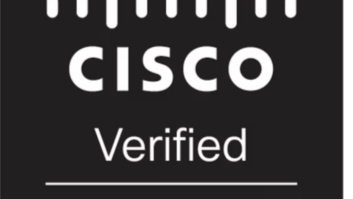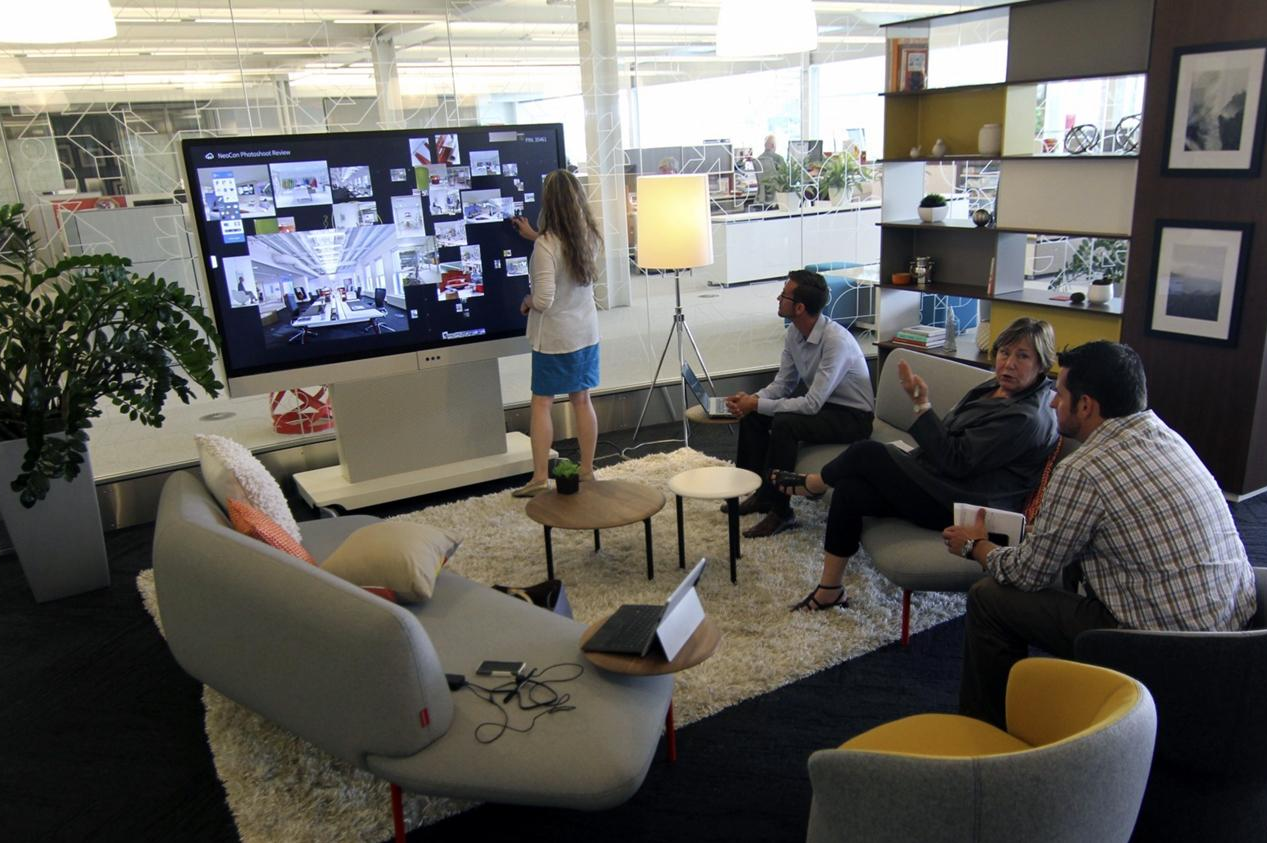
Bluescape is a visual collaborative workspace, started by furniture design and manufacturing company Haworth in 2010, and now with 12 demo locations across the US. The company recently added new features to its software that allows users to group content, add text anywhere in the workspace, and invite select collaborators to ‘view only’. VP of product and marketing, Nick Brown, talks about the company’s origins and its approach to enabling workplace collaboration.
Visual collaboration is quite a crowded market at the moment, what do you think separates Bluescape?
Bluescape is different in that the software enables content visualisation, in the persistent nature of the workspace (where ideas are never lost). Bluescape is different in that the software was built for the cloud from the ground up, in that we are hardware agnostic so that customers aren’t forced into expensive hardware that may not meet their long term needs, etc.
How did your customers help to develop these new features?
Every piece of new functionality we add to the workspace originated as a customer or prospect request. Bluescape has an active user community and we make it easy to recommend new features. In fact we also encourage the community to vote for the new features they’d like to see in future releases.
How is the emerging huddle spaces market impacting this area of technology?
Huddle spaces drive a deeper need for virtual collaboration workspaces as traditional collaboration tools (e.g. whiteboards) are far too inflexible and limiting to achieve the desired result of a huddle space – namely improved productivity. When you have multiple teams using the same huddle spaces, the physical space can’t be where the collaboration lives, or work will get lost. Virtual collaboration workspaces that are easy to access, interact with, share content, develop ideas etc. provide the flexibility that huddle spaces need to be effective.
This is a question that hits home for Bluescape as we’re owned by Haworth, a global furniture design and manufacturing company. Haworth is a thought leader in the evolution of the work environment and the reason Bluescape exists. The company was born to meet a very real need within Haworth for its designers and developers to visually collaborate across teams, locations and devices. Since what Haworth needed didn’t exist, they built it and eventually spun Bluescape out as a subsidiary.
In what way has the Microsoft Surface Hub shifted the level of attention on this area of technology? Furthermore, has it raised the level of expectations?
Whenever the big tech companies introduce a new product it increases awareness of the entire product category. This is true of Microsoft Surface Hub, Google Jamboard, Cisco Spark, etc. I think these new products do raise the level of interest and expectations people have, and it’s a good thing for the industry. For example, Microsoft Surface Hub really raises the bar on what a packaged hardware solution should look like. People like to categorise products into buckets, and the Surface Hub bucket provides a better understanding of what this category of products can do.
For Bluescape, Microsoft Surface Hub is another ‘device’ in a long list of supported devices – albeit a more glamorous example of supported hardware devices than some. We’ve done the work to certify that our software runs smoothly on Surface Hub just as we have with devices from Optika, MultiTaction and others. For Bluescape, we think it’s important that our customers have a choice of hardware options.
Do you have any interesting case studies of enterprise customers using Bluescape that you can talk about?
We have lots of case studies but one that comes to mind now is the global accounting, tax, and advisory firm, CohnReznick. It’s a business built around helping its clients identify and develop new ways to better engage customers, accelerate performance, and drive business transformation.
When evaluating standard client interactions, the team realised that they needed to ditch the physical limitations of conference rooms and sticky notes, so they could create and collaborate with their customers more effectively and directly, in new, digitally driven ways. We helped them create an ‘Innovation Lab’ in the New York office that really brought the firm’s vision to life.
With a Bluescape powered solution, teams at CohnReznick collaborate with clients in real time, across time zones and in and outside of meetings. The managing director we worked with at CohnReznick likes to note that they no longer make ‘linear decisions’ and present them to clients on flat PowerPoint slides, rather they make ‘collective decisions’ based on on-going interactions and discussions with clients.
